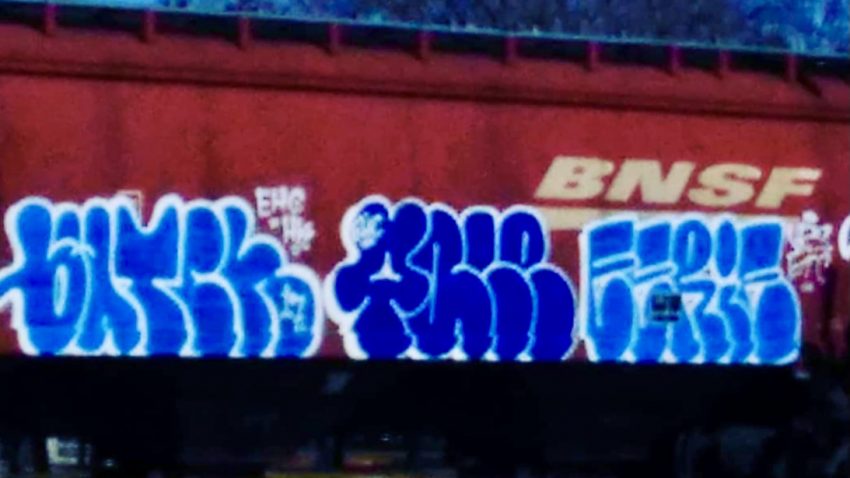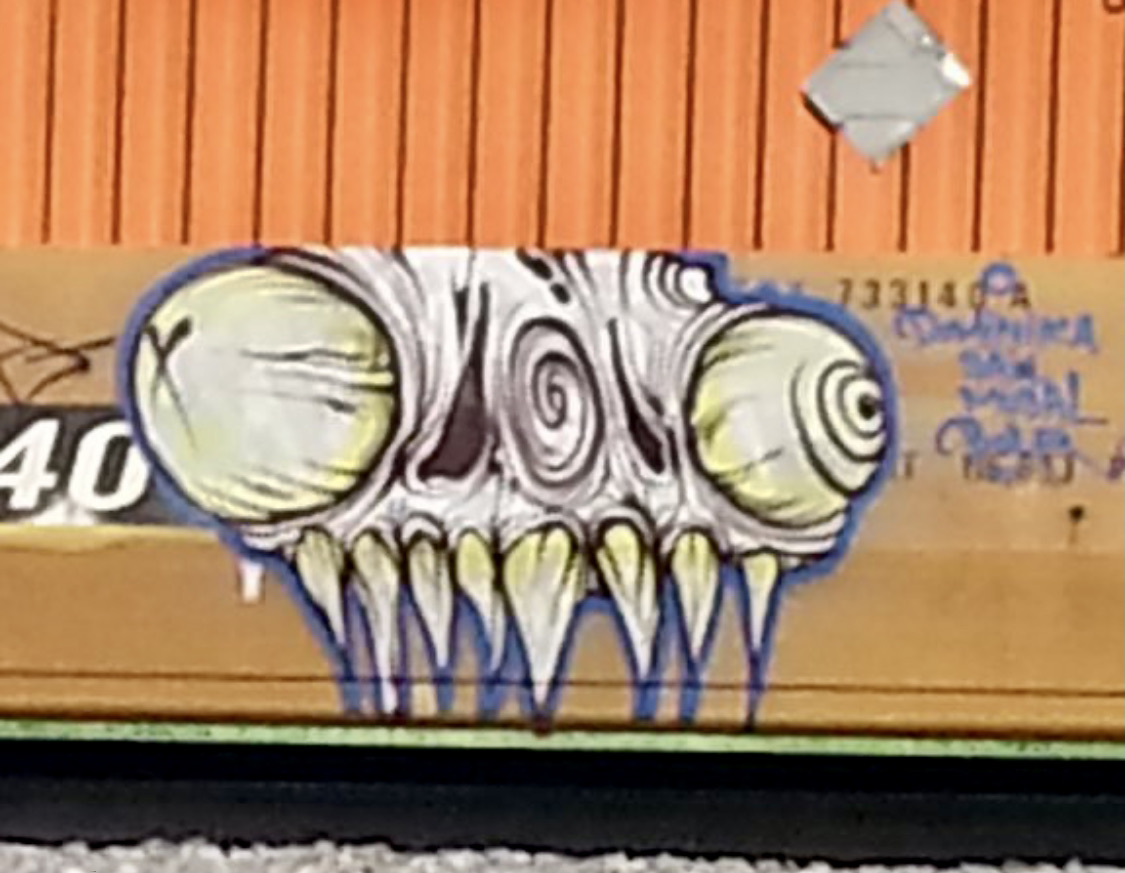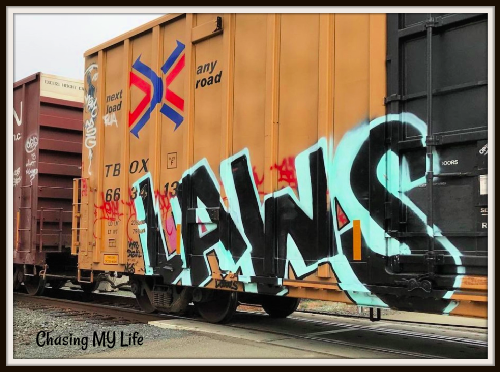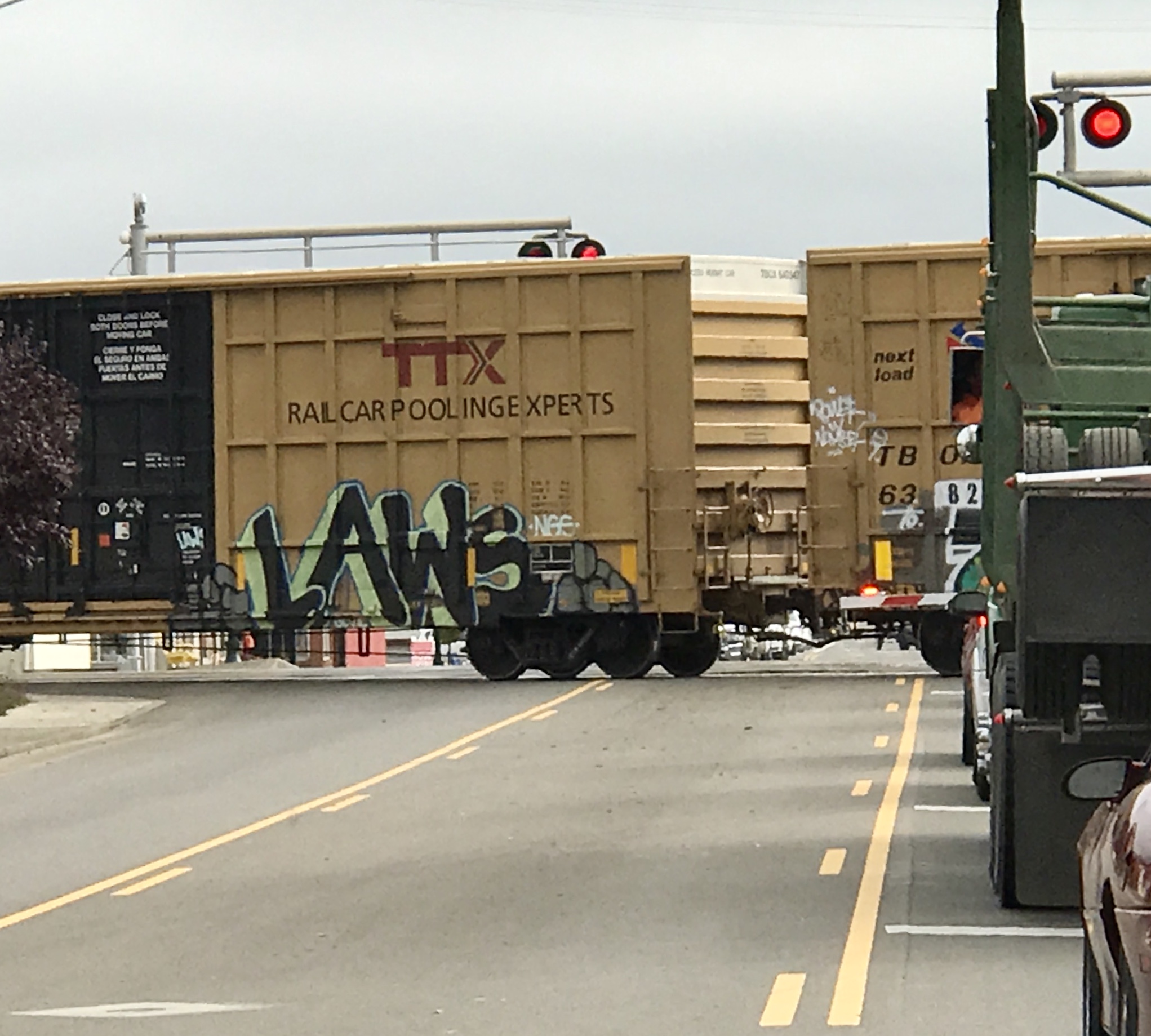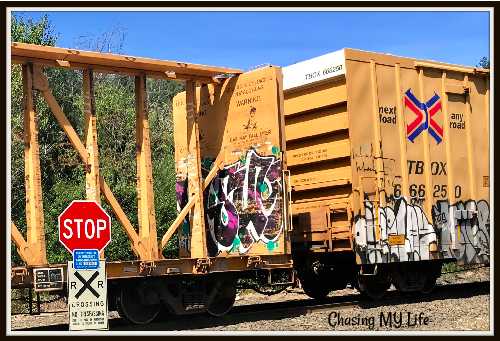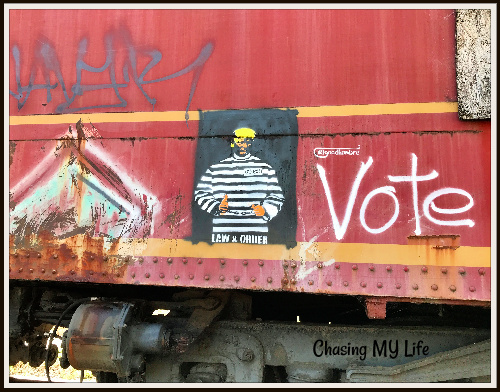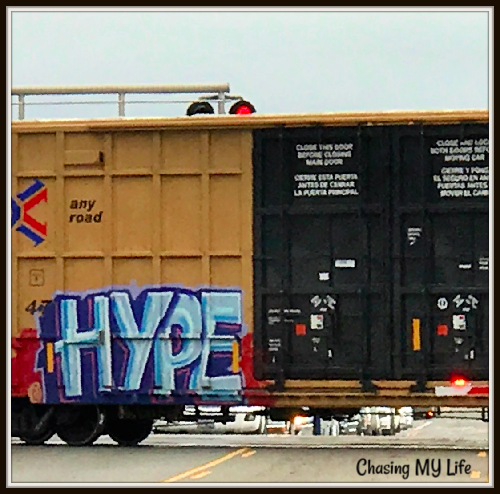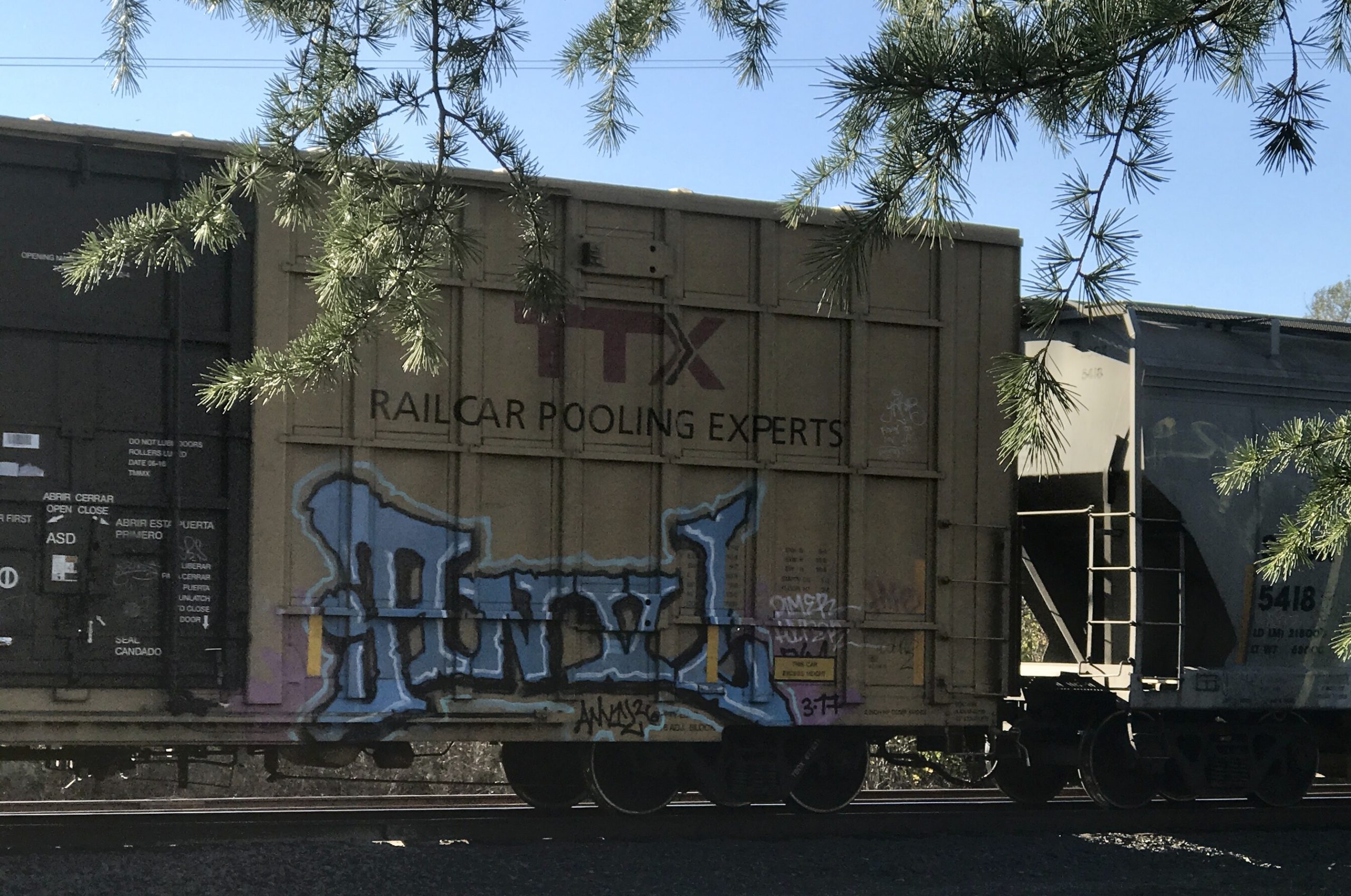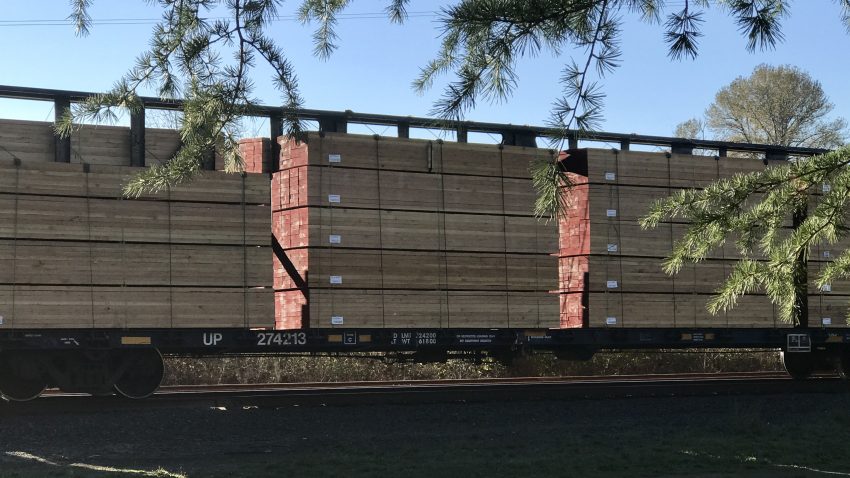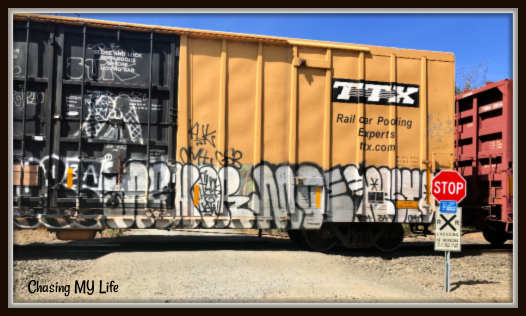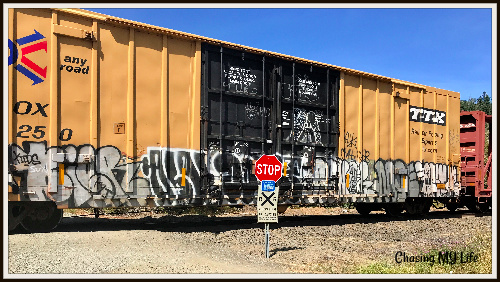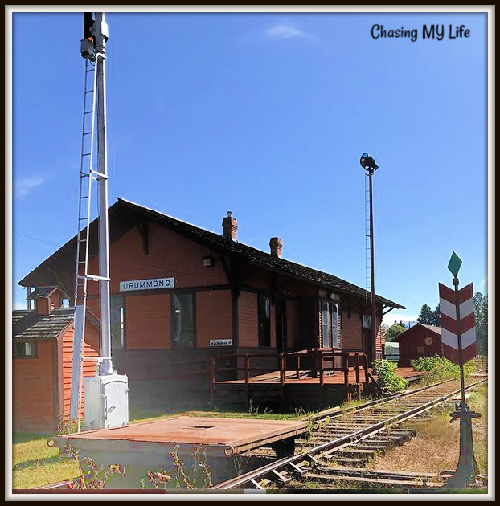K is for KODACHROME. Is the song stuck in your head yet. I know it was mine right after hearing that single word even though I was really young when it was released, it stayed popular for many years and is still played on some classic rock and roll stations 😀 So, I had to go with this definition for today! Read all the way to the end of the definition and that too brings its own little laugh 😀
Per Wikipedia Kodachrome is the Southern Pacific Santa Fe Railroad‘s red, yellow, and black paint scheme, which resembled the packaging of Kodachrome (a KODAK registered trademark) color transparency film. It is a method of color transparency, but more commonly known as a type of color film the company started marketing in 1935.
The same color scheme was instituted when the merger between Southern Pacific and Santa Fe was assumed to be approved. Hundreds of locomotives were painted in Kodachrome colors before the merger was denied. 😀

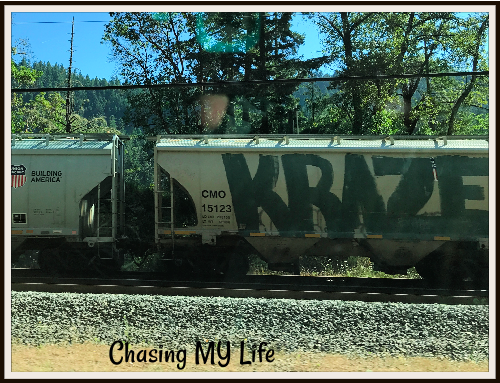
Just for some added nostalgia for some of you, here’s the song Lyrics by Paul Simon to make you smile. It really had a catchy tune. 😀
Paul Simon was working on a song with the title “Coming Home” when the word “Kodachrome” came to him. He had no idea what it meant, but knew it would make for a much more interesting song than “Coming Home.” The song became an appreciation of the things that color our world, and a look at how our memories are framed to fit our worldviews.
Paul Simon YouTube
When I think back
On all the crap I learned in high school
It’s a wonder
I can think at all
And though my lack of education
Hasn’t hurt me none
I can read the writing on the wall
Kodachrome
They give us those nice bright colors
They give us the greens of summers
Makes you think all the world’s a sunny day, oh yeah
I got a Nikon camera
I love to take a photograph
So mama, don’t take my Kodachrome away
If you took all the girls I knew
When I was single
And brought ’em all together for one night
I know they’d never match
My sweet imagination
Everything looks worse in black and white
Kodachrome
They give us those nice bright colors
They give us the greens of summers
Makes you think all the world’s a sunny day, oh yeah
I got a Nikon camera
I love to take a photographSo mama, don’t take my Kodachrome away
Mama, don’t take my Kodachrome away
Mama, don’t take my Kodachrome away
Mama, don’t take my Kodachrome away
Mama, don’t take my Kodachrome
Mama, don’t take my Kodachrome
Mama, don’t take my Kodachrome away
Mama, don’t take my Kodachrome
Leave your boy so far from home
Mama, don’t take my Kodachrome away
Mama, don’t take my Kodachrome
Mama, don’t take my Kodachrome away (ok)

 These #NUN cars are proof that these cars just run back and forth all the time. These pictures were taken months apart in 2 different locations without any alterations 😀
These #NUN cars are proof that these cars just run back and forth all the time. These pictures were taken months apart in 2 different locations without any alterations 😀
